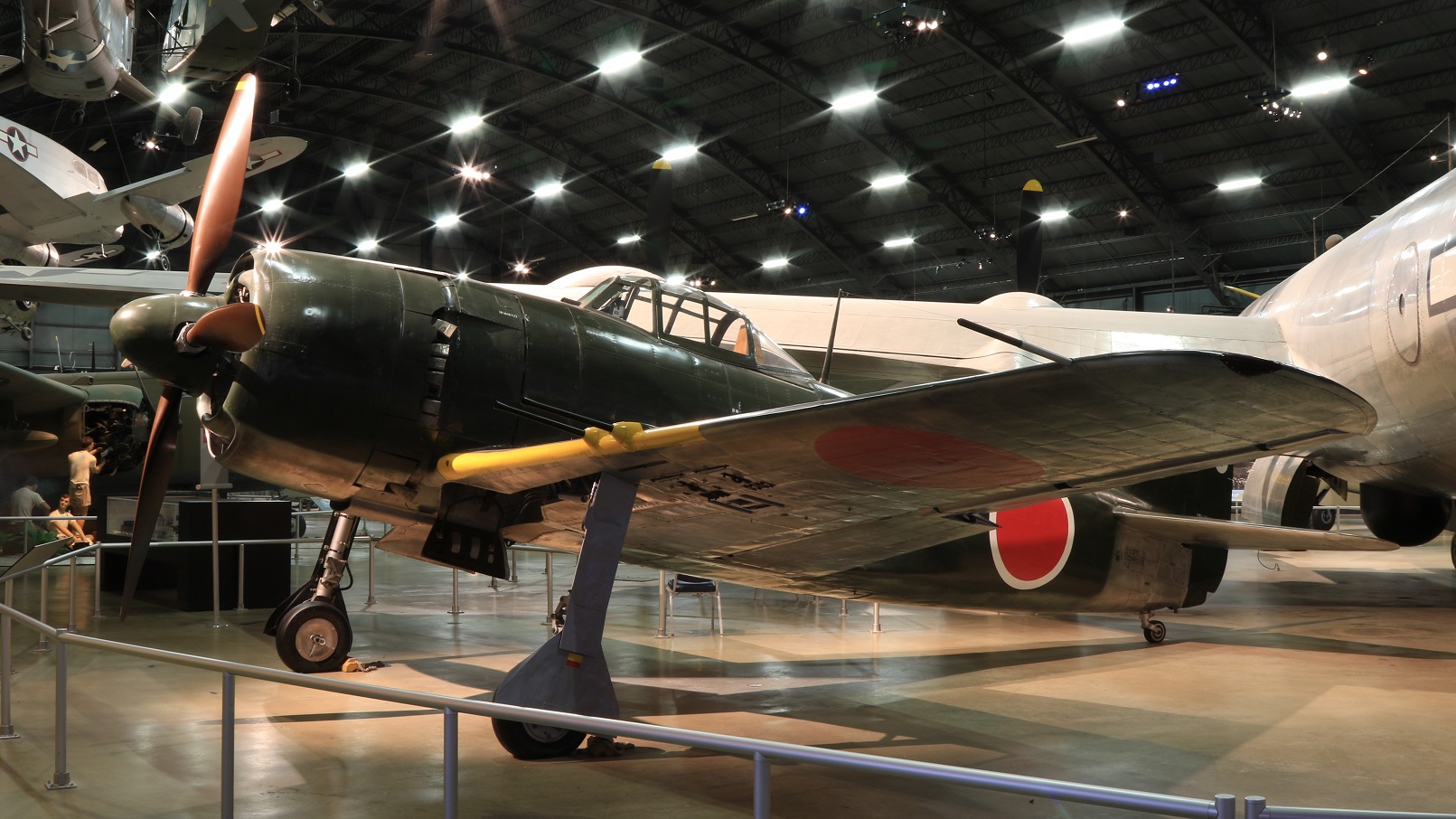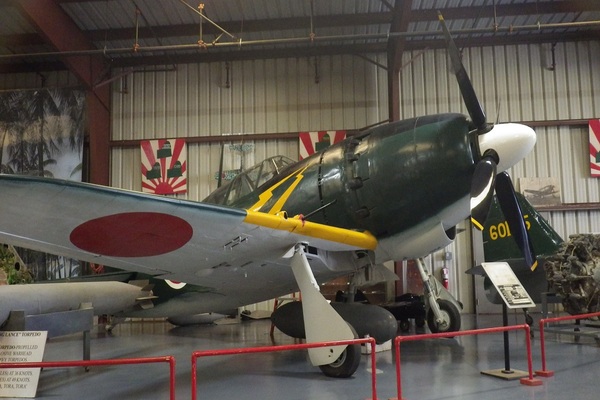

Welcome to Japanese Interceptors
The Mitsubishi J2M Raiden and Kawanishi N1K Shiden: Guardians of Japan's Skies
Interceptors played a crucial role in Japan's air defense during World War II, designed specifically to counter high-altitude bombers and maintain aerial superiority. Among Japan's finest contributions to this field, the Mitsubishi J2M Raiden and Kawanishi N1K Shiden stand out as symbols of ingenuity and determination during challenging times. These aircraft showcase the advancements and adaptability of Japan’s aviation industry as it responded to the demands of war.
The Mitsubishi J2M Raiden: Japan’s Thunderbolt
Nicknamed "Thunderbolt," the Mitsubishi J2M Raiden was purpose-built as an interceptor, prioritizing speed, climb rate, and firepower over agility. Introduced in 1944, the Raiden was tasked with defending the Japanese homeland from Allied bombers such as the Boeing B-29 Superfortress. Equipped with a powerful Mitsubishi Kasei engine and heavily armed with 20mm cannons, the Raiden excelled in its intended role. However, its performance was hampered by development delays and reliability issues, limiting its impact in the broader war effort. Despite these challenges, the Raiden earned the respect of its pilots for its effectiveness in countering high-altitude threats.
The Kawanishi N1K Shiden: The Violet Lightning
The Kawanishi N1K Shiden, also known as "George" by the Allies, was a versatile fighter that began as a floatplane design and evolved into one of Japan's most capable land-based interceptors. Introduced in 1943, the Shiden combined heavy armament with excellent maneuverability, making it a formidable opponent in aerial combat. Its advanced version, the N1K2-J Shiden-Kai, addressed many of the original design's shortcomings and became a favorite among pilots. With its robust construction and ability to compete with Allied fighters such as the P-51 Mustang and F6F Hellcat, the Shiden demonstrated Japan’s ability to innovate under pressure.
Defenders of the Homeland
The Raiden and Shiden represent Japan’s transition from offensive to defensive aerial strategies as the tide of war turned. While the Raiden embodied a focused response to strategic bombing, the Shiden showcased adaptability and evolution in the face of growing Allied air power. Both aircraft highlight the resourcefulness and resilience of Japan’s wartime aviation industry.
Whether remembered for their raw power or their adaptability, the Raiden and Shiden remain enduring symbols of Japan’s efforts to defend its skies. These interceptors remind us of the technological and strategic challenges faced during World War II, offering valuable insights into the history of Japanese aviation.